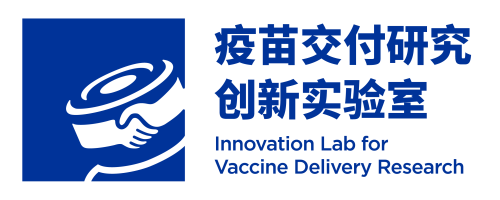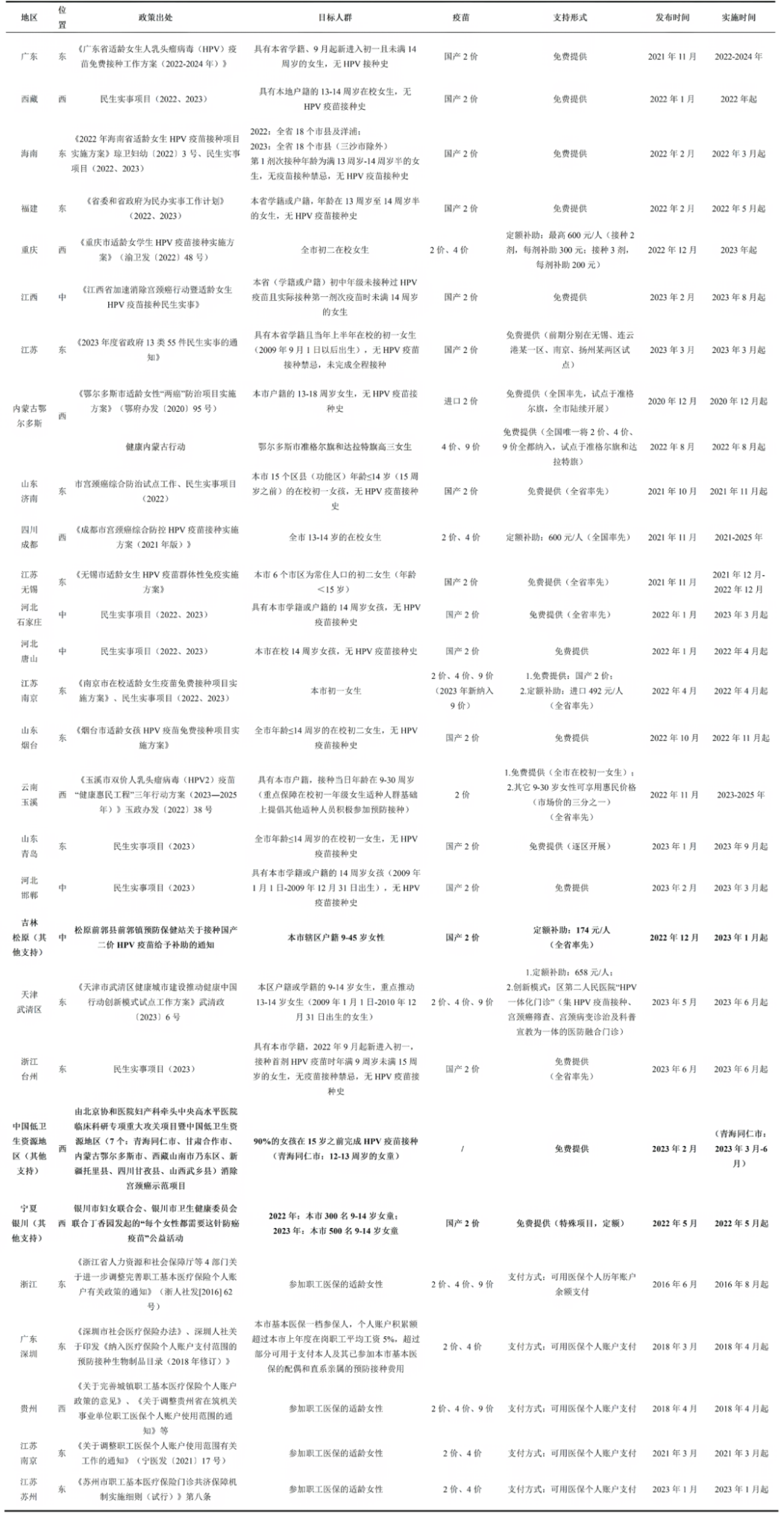Overview of countries not yet introduced PCV vaccine
A study conducted jointly by Gavi and Johns Hopkins University reviewed the status of 39 countries that had not yet introduced the pneumococcal conjugate vaccine (PCV) into their National Immunization Programs (NIPs) by the end of 2021. Among them, there were 33 lower-middle-income countries and 6 high-income countries.
The study identified ten indicators affecting the policy decision of introducing PCV, including the incidence of pneumonia, under-five mortality rates, health expenditure as a percentage of GDP, coverage rates of diphtheria-tetanus-pertussis (DTP) vaccine in 2021, coverage rates of the first dose of measles vaccine, the introduction of other new vaccines (including rotavirus vaccine, human papillomavirus vaccine, inactivated poliovirus vaccine, or the second dose of meningococcal vaccine), the status of PCV introduction, the establishment of National Immunization Technical Advisory Group (NITAG), political will for PCV introduction, and eligibility for Gavi support. The study assessed the policy barriers faced by 33 LMICs in the process of introducing PCV.1
Among all 33 countries, 15 countries faced low policy barriers, with 12 countries having moderate policy barriers (including China in this category) and 6 countries facing high policy barriers. The study considered two major obstacles to the introduction of PCV were conflicts with national priorities and the vaccine price.
Among the 18 countries facing moderate to high barriers, 15 (83%) were middle-income countries, which are generally slower in introducing new vaccines (such as PCV) due to the lack of external support (i.e. Gavi), lighter disease burdens, or cost barriers of the vaccine price. Compared to low-income countries, middle-income countries actually have a larger susceptible population. Especially in countries facing moderate barriers, the challenges in introducing PCV are diverse. For instance, Egypt has a well-established immunization system but cannot introduce PCV immediately due to competition with other national priorities. China, despite having domestically produced PCV vaccines, still faces difficulties in rapid introduction due to the lack of Gavi support, slow lot release processes, and other logistical factors.1
Country experiences of introducing PCV into NIPs
Venezuela—was among the earliest to introduce new vaccines into national immunization programs (NIPs), particularly rotavirus vaccines and PCV vaccines. A systematic review has analyzed the key factors in the decision-making process for introducing PCV into the immunization schedules of these countries, which included the availability of adequate funding (e.g., national fiscal funds and external financial support from international organizations), sufficient scientific evidence supporting the introduction, and the feasibility of long-term sustainable vaccine financing.2
In these five countries, the introduction of new vaccines initially driven by a political commitment, which were subsequently supported by technical inputs. The procurement of vaccines through donations, Gavi, or national fiscal funding was crucial. In countries implementing the expanded immunization programs (EPI), having legal frameworks related to immunization is a key element to support the introduction of new vaccines and ensures the program’s sustainability. Prior to the new vaccine introduction, these countries generally lacked surveillance data and local disease burden data. However, disease monitoring, as well as the assessment of implementation, was initiated during or after the new vaccine introduction.2
The Pan American Health Organization (PAHO) published a report in 2012 that summarized the experiences of different countries in the region regarding the introduction of PCVs into the NIPs, focusing on four aspects: the decision-making process, the formulation of immunization protocols, the calculation of annual dosage requirements, and the transition between different PCV vaccines (Table 1).
Table 1: Lesson learned from the introduction of PCV vaccine in Latin America and the Caribbean
| No. | Decision-making for introduction of PCV | Selection of the vaccination schedule | Calculation of the number of doses for the year of introduction | Interchangeability |
| 1 | Produce and identify relevant objective evidence of the impact of vaccination on the disease in the country. Ideally, this evidence should be supported by national data.*** | Coordination with the national regulatory authority beforehand is necessary to ensure that the registration of the vaccine and the vaccination schedule are in line with the recommendations of other supranational committees. *** | The calculation of the number of vaccines needed should consider the vaccination schedule, 100% of the target cohorts, and the vaccination policy in the year the vaccine is introduced. *** | Evidence must be generated to support decisions on exchanging one vaccine presentation for another.*** |
| 2 | Design a planning document for the introduction of PCV to ensure sustainable introduction of the vaccine and measurement of the impact of vaccination. *** | In Caribbean countries, special innovative agreements should be fostered between the public and private sectors to facilitate adherence to the schedule selected.*** | Cold chain capacity must be adapted to the vaccination schedule, to the number of doses planned for introduction of the vaccine and to future demand. *** | The decision to change the type of vaccine used should be discussed and taken jointly by all of the components of the immunization program and the advisory committee. *** |
| 3 | Foster and advocate the introduction of PCV in order to have a political environment that facilitates the availability of resources to make introduction of the vaccine sustainable. *** | Having epidemiological data on the distribution of the disease makes it possible to identify the vaccination schedule for PCV which is best suited to the country’s needs. ** | Plan for availability of a stock of at least 25% of the annual requirement for the vaccine for the year it is introduced. ** | The document on the scheduling of vaccine interchangeability should keep the transition period and vaccine loss to a minimum. *** |
| 4 | Monitoring and integrated analysis of information should be performed by every component of the immunization program in planning for introduction of the vaccine.** | Timely access to recommendations from international reference sources facilitates selection of the best vaccination schedule for PCV. ** | It must be decided whether to vaccinate only those who turn a certain age or all of those who are of the ages of the cohorts scheduled for vaccination. ** | The information system should be enhanced in order to identify the cohorts 11 vaccinated by type of vaccine. *** |
| 5 | The existence of a legal framework on vaccines facilitates their introduction and ensures the sustainability of PCV in the immunization program. ** | When a PCV is introduced into the national vaccination schedule, it is recommendable to take advantage of vaccination opportunities already established by each country’s schedule. ** | Ideally, the vaccine should be introduced at the beginning of the year. * | For Caribbean countries, establishing channels of communication with the private sector in charge of vaccination is critical for the purchase and provision of vaccines. In addition, communication among countries in the area is important for coordinating a joint approach. *** |
| 6 | The purchase of vaccines through the PAHO Revolving Fund lends feasibility and sustainability to the introduction of PCV. ** | Establish standardized technical guidelines and disseminate them to different target audiences. ** | — | Train the different levels of the immunization program extensively and effectively on the process of introducing a new type of vaccine.** |
| 7 | National immunization advisory committees, committees on immunization practices or however whatever they are called in each country, should be technically sound and independent. ** | — | — | — |
(PAHO/WHO (Pan American Health Organization / World Health Organization). Lessons Learned from the Introduction of the Pneumococcal Conjugate Vaccine (PCV) in Latin America and the Caribbean. Washington, DC: PAHO/WHO; March 2012. https://www3.paho.org/hq/dmdocuments/2012/PCV-LessonsLearned-Americas-Oct2012.pdf
A study conducted in Chad, Guinea, Somalia/Somaliland, and South Sudan analyzed the key elements and factors for the sustainable implementation of the rapid introduction of PCV in resource-scarce and fragile regions.3 These factors include shared responsibility between national leaders and external partners, effective inter-sectoral collaboration, strengthening of national surveillance systems, and improvements in health infrastructure and management capabilities.
Country case study
1. Indonesia
Since 2017, the Clinton Health Access Initiative (CHAI) and partners have provided evidence-based decision-making and implementation support to the Indonesian government, assisting in the integration of PCV into the routine immunization schedule. Therefore, Indonesia accelerated the rollout of PCV, achieving nationwide coverage by 2022. During the introduction of PCV, Indonesia faced three main challenges: decision-making and immunization financing related to vaccine procurement and delivery, limitations of the existing vaccine procurement and distribution systems, and insufficient confidence among policymakers regarding the feasibility and sustainability of PCV introduction.4
To address these challenges, Indonesia undertook the following preparatory work: 1) Collaboration between third-party research institutions and multiple national departments (such as statistics and health insurance departments) to collect high-quality evidence on disease burden and costs, confirming a high cost-effectiveness ratio for PCV introduction; 2) Financial impact assessments for PCV introduction, establishing multi-source mechanisms to ensure sustainable financing; 3) Strengthened cross-sectoral collaboration; 4) applying for Gavi’s Advance Market Commitment program and procuring PCV vaccines at 16% of market price, reducing vaccine procurement costs; 5) Implementing local pilot programs and summarizing key lessons learned before scaling up nationally; 6) After regional pilot success, conducting preparation and risk assessment for nationwide rollout, and developing risk management strategies.5
2. Bangladesh6
A Comprehensive assessment of the readiness of medical institutions to provide services helps identify obstacles in the implementation of immunization programs, as well as providing evidence and references for improved decision-making and rational allocation of resources. Bangladesh introduced PCV in 2015 and in 2018 used the World Health Organization’s Service Availability and Readiness Assessment (SARA) tool to evaluate the readiness of health care facilities in two regions on their medical service provision, including specific services (childhood immunization services). The study showed that Bangladesh had a high immunization coverage rate (84%), with overall sufficient PCV supply, and the introduction of PCV into the national immunization program largely depended on whether healthcare facilities were able and ready to deliver immunization services.
In the same study, 59 institutions providing childhood immunization services in two regions of Bangladesh were included. Institutions with vaccine storage capacity had better readiness (including vaccine accessibility, storage capacity, personnel training, funding, etc.), while those without storage capacity needed to improve their service readiness. Among the 59 institutions, only nine had vaccine storage capacity, using a combination of ice-lined refrigerators and power supply to maintain vaccine storage temperature (i.e., 2-8°C). In institutions without storage capacity, although disposable syringes were available, only a few had corresponding instruments and consumables. None of the tertiary hospitals, private clinics, or pharmacies in the surveyed areas functioned as vaccination centers, and 53 (89.83%) vaccination centers were in rural areas. Regarding training, all 59 childhood immunization service institutions had received formal training for PCV immunization. However, 54 (91.52%) reported a lack of sufficient funding and vaccine resources for training programs.6
3. Peru2
Peru enacted the Vaccine Law in 1993, which clearly stipulates that the government provides financial support for most immunization activities. Before the introduction of PCV, Peru lacked nationwide data on the burden of pneumococcal disease, but regional data indicated a concerning disease burden, which became the basis for further decision-making on vaccine introduction. Additionally, a study commissioned by the Ministry of Health in 2008 showed that pneumonia was the second leading cause of healthy life years lost in Peru.
In 2008, with the support of the Comité Consultivo (similar to the National Immunization Technical Advisory Group, NITAG), the Minister of Health decided to include rotavirus vaccine (RV), influenza vaccine, and PCV in the national expanded immunization program, purchasing RV and PCV vaccines through PAHO’s revolving funds. However, several challenges were encountered during implementation, including the lack of a specific social mobilization plan, insufficient training before vaccine introduction, limited cold chain capacity, etc. Moreover, due to age-specific vaccination regulations (e.g., PCV primary immunization was set at three and five months instead of two and four months), leading to missed vaccinations among eligible children due to narrow age eligibility criteria.
Content Editor: Menglu Jiang, Ziqi Liu
Page Editor: Ziqi Liu
References
- Banerjee, P., Huber, J., Denti, V., Sauer, M., Weeks, R., Dhaliwal, B. K., & Shet, A. (2023). Closing the pneumococcal conjugate vaccine (PCV) introduction gap: an archetype analysis of last-mile countries. Global health action, 16(1), 2281065. https://doi.org/10.1080/16549716.2023.2281065
- de Oliveira, L. H., Toscano, C. M., Sanwogou, N. J., Ruiz-Matus, C., Tambini, G., Roses-Periago, M., & Andrus, J. K. (2013). Systematic documentation of new vaccine introduction in selected countries of the Latin American Region. Vaccine, 31 Suppl 3, C114–C122. https://doi.org/10.1016/j.vaccine.2013.05.032
- Dhaliwal, B. K., Weeks, R., Huber, J., Fofana, A., Bobe, M., Mbailamen, A. D., … & Shet, A. (2024). Introduction of the pneumococcal conjugate vaccine in humanitarian and fragile contexts: Perspectives from stakeholders in four African countries. Human Vaccines & Immunotherapeutics, 20(1), 2314828.
- Athiyaman, A., Herliana, P., Anartati, A. et al. Accelerating Pneumococcal Conjugate Vaccine introductions in Indonesia: key learnings from 2017 to 2022. Infect Dis Poverty 12, 107 (2023). https://doi.org/10.1186/s40249-023-01161-5
- Increase in coverage of key non-immunization program vaccines in China | Innovation Lab for Vaccine Delivery Research | Duke Kunshan University. (n.d.). https://vaxlab.dukekunshan.edu.cn/en/paper/issue-iii-overall-increase-in-coverage-of-key-non-immunization-program-vaccines-in-china/
- Shawon MSR, Adhikary G, Ali MW, et al. General service and child immunization-specific readiness assessment of healthcare facilities in two selected divisions in Bangladesh. BMC Health Serv Res. 2018 25;18(1):39.





